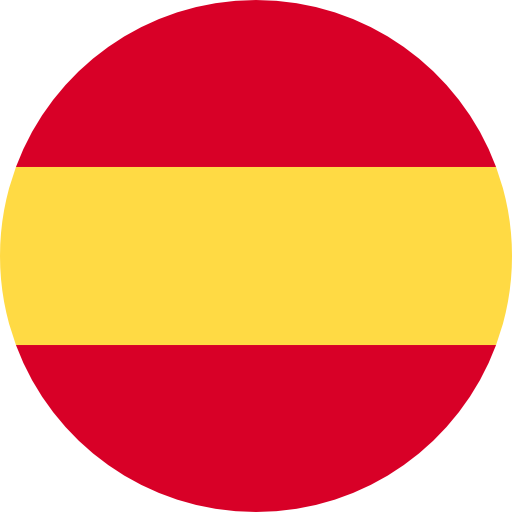Wieliczka Salt Mine
49º 58' 45'' N 20º 3' 50'' E
Wieliczka, Kraków
Poland
Description
The Wieliczka salt mines are one of the greatest underground salt caves of the world.
Extracted Materials
Salt
Antropological info
Nowadays, the mine is still working, but not for extraction purposes. Miners make sure this unique salt mine is a safe place for visitors and keep it in the best conditions for its preservation. Also, more chambers and corridors are being conditioned for tourist to access. Its 2 million yearly visitors testify its greatness.
In 1978, the Salt Mine gained the “World Heritage” UNESCO qualification.
Sociologal info
Saline lakes have been exploited in Lesser since the 13th century, and the first shafts began to be dug. In the 14th century, the Saltworks Castle was built. It was during King Casimir III the Great reign that the real mine development began, founding an hospital and taking care of the miner’s labour conditions.
During the years of the mine’s activity, the technology was constantly updated, and many caves and chambers were discovered. During World War II, the mine was used by Germany as a war-related manufacturing. Thousands of Jews were also brought to the mine for forced labour.
Archaeological info
The Wieliczka Salt Mine reaches a depth of 327 meters, and extends through different level, passages and caves. The rock salt resembles unpolished granite rather than the crystalline salt expected. The mines have an underground lake, exhibitions of salt rocks and the mine history. It also features a 3.5 km visitors tour, where statues carved directly from the rock salt can be seen. Nevertheless, the mine is so huge that these 3.5 km are only 2% of the salt labyrinth.
Sustainable tourism insights
The mines offer different tours and options. The huge salt labyrinth seems to have a healing effect on respiratory diseases, and specialists provide services for rehabilitation if required.
Environment sustainability
The salt mines history changes from an industrial production plant to a World Heritage touristic place. This incredible site is protected by different institutions, ensuring its preservation.
Creativity insights/curiosities
There is a famous legend about s princess and a King in the salt mines. It tells that a Polish King asked a Hungarian Princess to marry him. The princess father wanted to give jewels and gold to the King as a dowry, but her daughter told him that the King was already wealthy. She decided to throw her engagement ring to a salt shaft in her country. When she arrived to Poland, she asked the King to dig in a certain place. The ring, along with the salt caves appeared in Wieliczka. Saint Kinga is the patron Saint of one of the chapels.









